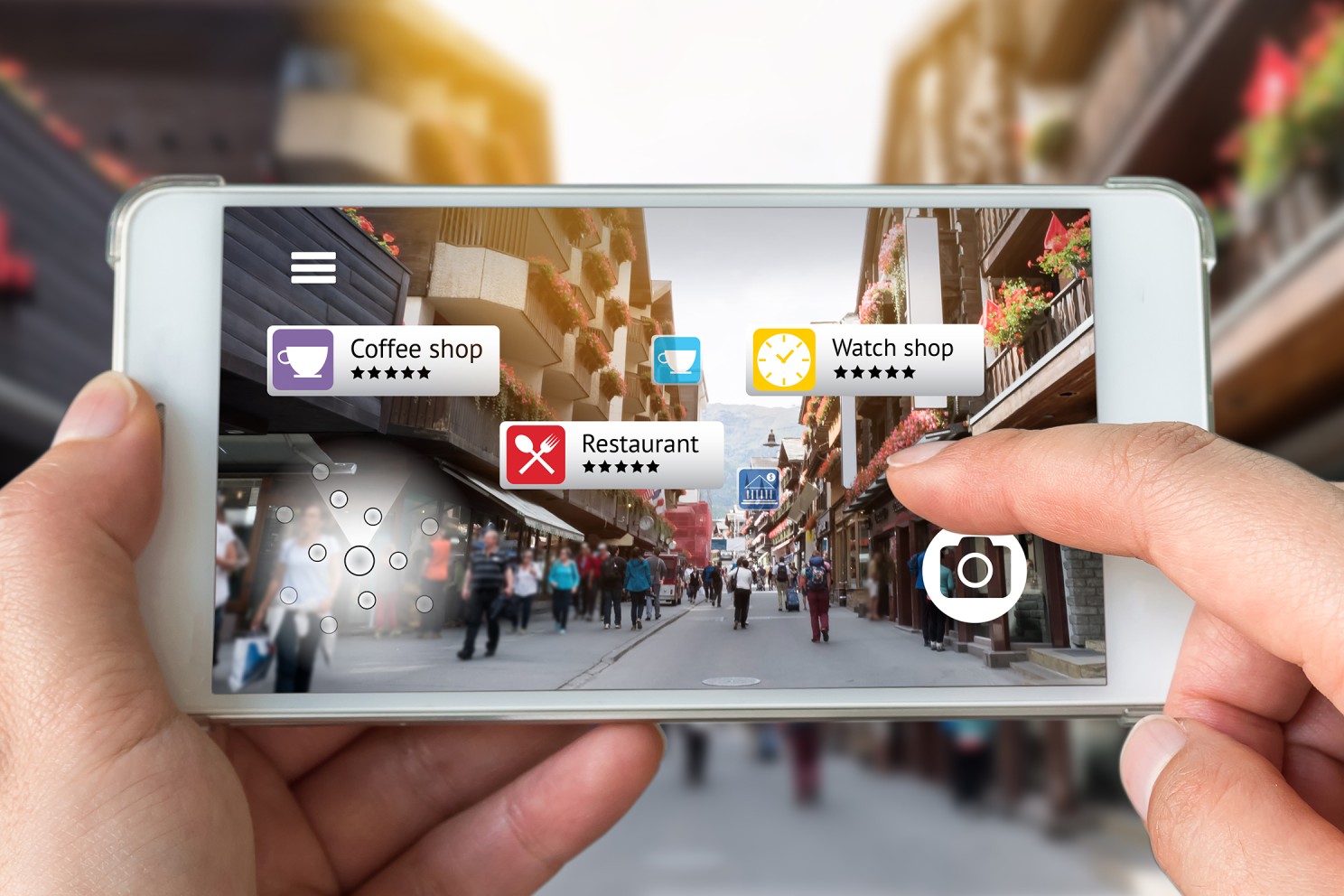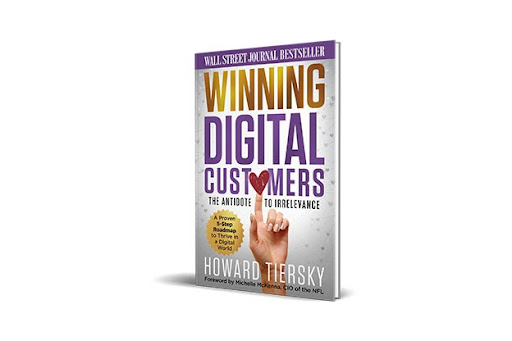Insights | By Howard Tiersky
How to Use Emotion to Drive Digital Business Results
How much do you think about emotion when designing your digital channels?
For many enterprises the answer is “not much,” but the reality is that emotion is the number one driver of business outcomes.
Many studies have shown that people tend to make purchase decisions based on emotion and then justify them rationally.
In fact, many of the things we do on a given day are in search of the feelings we want to have, or avoidance of the feelings we don’t want to have. We wake up when the alarm rings because we don’t want that feeling of worrying about being late to work. When the boss yells at us, we reach for that Snickers bar because we want to change the way we are feeling by giving ourselves a nice sugar rush.
And when we buy something, we respond to a complex combination of emotional targets. A woman buying new shoes may want the feeling of rewarding herself, or perhaps it’s the confident feeling of looking stylish. In the same store, another woman may be using a coupon on shoes in the discount rack because she is seeking that feeling of being a savvy shopper who is saving money.

In fact, when our stylish shoe-shopping woman looks at the price tag of her Miu Miu she may have a moment of emotional turmoil—they do make her feel stylish, but they also may give her angst of having spent too much money. It may take a salesperson to remind her that the $600 price tag is actually $100 off the regular retail price—this is a great deal! (Plus they make her look stylish.) Emotional storm resolved and the credit card comes out.
So How Do We Apply This To The Digital World?
Everything we do at FROM: Vision to Victory starts with identifying the desired user behaviors. After all, it is the user behaviors which lead to business outcomes. These may be purchase, renewals, up-sells, or desirable consumer behaviors such as posting a positive review or resolving an issue via self-service rather than calling the call center.

These behaviors are our success targets, and it's essential that any strategic digital project be very clear about who the users being targeted are, and what desired behaviors we are trying to drive.
But What Triggers Those Desired Behaviors?
Classically, user-centered design starts with the presumption that users come to us online because they want to "get something done:" They want to order a gift for their grandmother, pay a bill, rent a movie, or post a photo to social media, and our goal is to streamline their ability to achieve their goal.

This is not wrong, but if we really want to understand what's going on in order to enable us to most effectively influence customer behavior, look beyond the raw "task" and toward the feeling the user is seeking. Yes, the user goes to the vending machine to buy the candy bar. The "task" is to buy a candy bar, but the feeling is the real goal.
Why Is This Important?
When our goal is to drive behaviors, we need to recognize that the emotional landscape of the customer is at the heart of their behavioral decision matrix. In our work at FROM: Vision to Victory, we extensively study users to understand not just what they want to do, but which feelings they are trying to achieve and which feelings they want to avoid.
For example, customers booking a vacation may be after a few different feelings—they may be looking to feel they are indulging in a luxurious reward that they deserve, they may be looking to "take care" of their spouse or kids by planning a trip that others will love, or they may be looking for excitement and adventure.

But equally critical is to understand what emotions customers are trying to avoid. They may be trying to avoid feeling "ripped off," that they are overpaying, or avoid feeling the frustration that can be associated with travel or the process of booking travel.
Usually, our research identifies a number of different segments with distinct emotional situations, and it's helpful to use further research to quantify the size of each of these segments so you can prioritize them.
Then the next question is, now that you know that users are seeking specific emotions and also trying to avoid other emotions, what do you do with this information? A digital experience that is delightful to customers, and more effective at driving the desired behaviors is generally going to be one that evokes the emotions that customers desire and minimizes or neutralizes those emotions which customers want to avoid.
What Attributes of An Experience Provoke Emotion?
Marketing copy and graphics are often heavily focused on creating a "feeling," so that's a natural place to start down the road of designing an experience that will push the right emotional buttons. But in fact even more powerful is the interactive experience itself.
If the marketing copy says you'll be "flying the friendly skies," but the site gives you an error message if you forget to put parentheses in your phone number when you enter it, that's obviously not especially friendly.

In my Wall Street Journal bestselling book, Winning Digital Customers: The Antidote to Irrelevance, I walk you through a simple five-step roadmap to drive a successful digital transformation within your organization. This is the methodology that I use to help my clients succeed in their digital transformation journey and win the love and loyalty of their customers. You can access the first chapter for FREE here or purchase the book here.
SUBSCRIBE to DX Weekly for more content each week to help you and your company succeed in the digital world.
Howard Tiersky is the founder of FROM, The Digital Transformation Agency where he works with leading brands on digital transformation.
- Check out his Wall Street Journal bestselling book, Winning Digital Customers: The Antidote to Irrelevance.
- Howard did an episode with one of the top 25 global thought leaders of 2021 and award-winning certified customer experience keynote speaker, Stacy Sherman, to discuss what companies may be getting wrong about customer experience, closing the feedback loop, and building trust through testing, analyzing, adjusting and repeating pilot programs. Listen to the episode here.
- And of course SUBSCRIBE to this newsletter to make sure you stay on top of his weekly insights on digital transformation here on LinkedIn.





